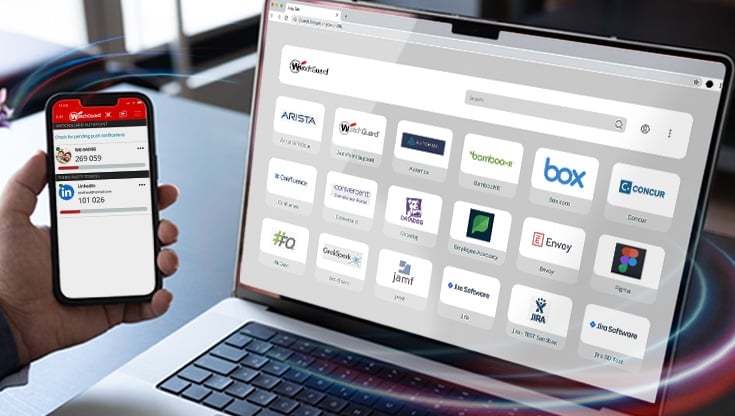New AuthPoint policy: Geofence
Earlier this year, we launched the AuthPoint Risk Framework, a powerful and flexible way to manage authentication policies, and on our continuous path towards Zero Trust, we have added policies for Network Location (policies based on the end user´s network) and Time Schedule (based on the day and time of the authentication attempt). We are now happy to announce that we have launched the first or our geo-based policies, the Geofence.
With the Geofence, administrators can create rules based on the user’s location to limit exposure and block attempts that come from unauthorized areas. For example, they can choose to give sales teams access to a CRM application from anywhere in the world, except for countries where the company doesn’t offer services or has staff. A call center application could have access limited only to the country where the team is located.
How Geofencing Works
User geolocation can be determined based on IP address origin or based on GPS, which uses device location (mobile or computer). The latter provides a more precise location. Enforcing the use of GPS can be a good idea for critical applications but requires users to accept it.
Upgrade the agents
To support the Geofence, the newest versions of the agents must be installed, or the existing ones must be upgraded. The most updated versions are available at WatchGuard Cloud:
- Agents for Windows 2.7.1
- Agent for Mac 1.11.0
- Gateway 7.0.1
- ADFS 1.2.0
- RD Web 1.2.4
Remember to keep your agents and Gateway always updated, not only to support new features, but also to keep up with the most stable versions with stability and performance improvements.
We continue to work on adding new risk policies to provide a stronger risk-based authentication framework to AuthPoint users. Stay tuned as we prepare to release the next geo-based policies!






